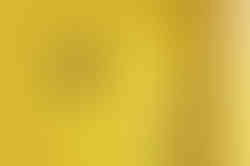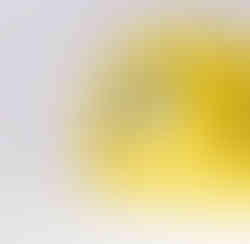Amydrium humile – Rare Tropical Creeper and Care Info
Amydrium humile is unlike any other member of its genus. Instead of climbing like most Amydrium species, it sprawls across the forest floor, forming low, leafy colonies with leathery to semi-succulent foliage. The green to greyish leaves are heart-shaped and matte in texture, emerging sporadically along rooting stems that often stretch more than 20 cm between nodes. Occasionally, denser growth points appear with clusters of several leaves, where flowering occurs. The overall habit is loose and wild—perfect for anyone looking to add some rare, naturalistic flair to their indoor jungle.
Leaf Traits and Growth Pattern of Amydrium humile
- Texture: Leathery to slightly succulent with a matte surface
- Colour: Green to greyish tones depending on lighting and age
- Shape: Entire leaves with cordate bases and soft outlines
- Growth Habit: Sprawling, with long rooting internodes and clustered leaf groups
Habitat Facts and Size Expectations for Amydrium humile
This species grows naturally in the humid evergreen forests of Peninsular Malaysia and Sumatra. It can be found from primary to disturbed forests, often appearing in limestone-rich areas or even old rubber plantations. These regions experience year-round warmth, high rainfall, and stable humidity—conditions that shape the plant’s low, creeping growth style.
- Natural Range: Low to mid-altitude tropical forests
- Indoor Size: Reaches 15–30 cm in height and spreads to 60 cm or more
- Growth Rate: Slow to moderate, depending on warmth and humidity
- Toxicity: No confirmed toxicity reports, but caution is still advised
Amydrium humile Plant Care Guide
- Light: Prefers bright, indirect light; tolerates lower light with slower growth
- Water: Keep soil lightly moist; allow top 2–3 cm to dry out between watering
- Humidity: Thrives in 60%+ humidity; avoid very dry air
- Temperature: Best between 18–26 °C; protect from cold drafts
- Soil: Airy, well-draining mix with organic material (e.g., orchid bark, perlite, coir)
- Repotting: Every 1–2 years or when root-bound
- Fertilizer: Apply diluted balanced liquid feed every 4–6 weeks during growth phase
- Propagation: Easy to root from cuttings with one or more nodes
- Hydroponics: Can adapt well to inert substrates in semi-hydro setups
- Pruning: Remove dead or damaged foliage to promote tidy growth
Common Issues and Fixes with Amydrium humile
- Pests: Watch for spider mites and mealybugs; treat early with neem or insecticidal soap
- Yellowing Leaves: Usually a sign of overwatering or poor drainage
- Root Rot: Avoid soggy soil; use airy mix and reduce frequency of watering
Extra Care Details for Amydrium humile
This species rarely needs support due to its horizontal growth. Mimicking the shady, warm, and moist conditions of its native forests will help your plant settle in and thrive indoors. It's a species that rewards patience and attention to detail—great for collectors who appreciate something quietly unusual.
Etymology and Naming of Amydrium humile
The genus name "Amydrium" is based on the Greek word "amydros," meaning dim or faint—possibly a nod to the subtle growth of the plant. The species name "humile" means “low-growing” in Latin, reflecting its sprawling, ground-hugging habit. It was formally described by Heinrich Wilhelm Schott in 1863.
FAQs about Amydrium humile
- Is Amydrium humile a climber?
No—it's the only known Amydrium species that stays low and spreads, never climbing. - Can it grow in terrariums?
Not ideal due to its spreading habit and leaf size, but possible in very large, open setups. - How do I encourage denser foliage?
Provide warm temps, steady humidity, and good nutrition to trigger compact growth at the nodes.
Order Amydrium humile today and enjoy one of the rarest, most distinctive tropical plants available for indoor cultivation.
Amydrium humile
You will receive the plant in the pictures. If there are more options available, please select one to see the relevant plant pictures.
If you require Additional Informationrmation, details or photos of a particular plant, please don't hesitate to contact us, we are happy to help.
The first picture is always a representative picture.

























































